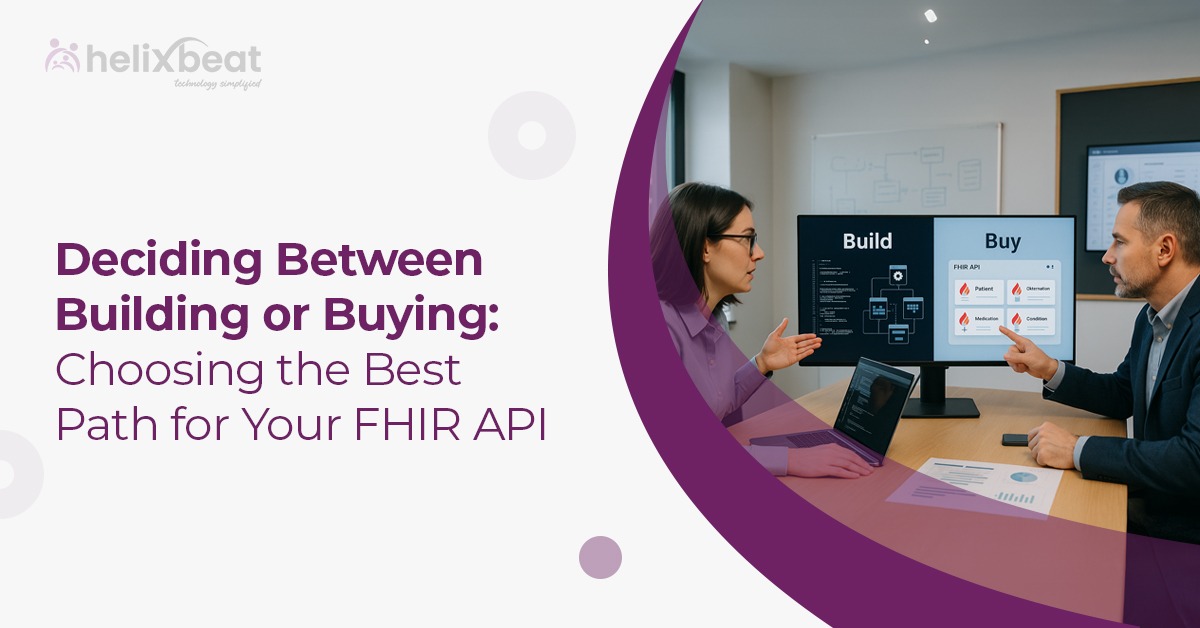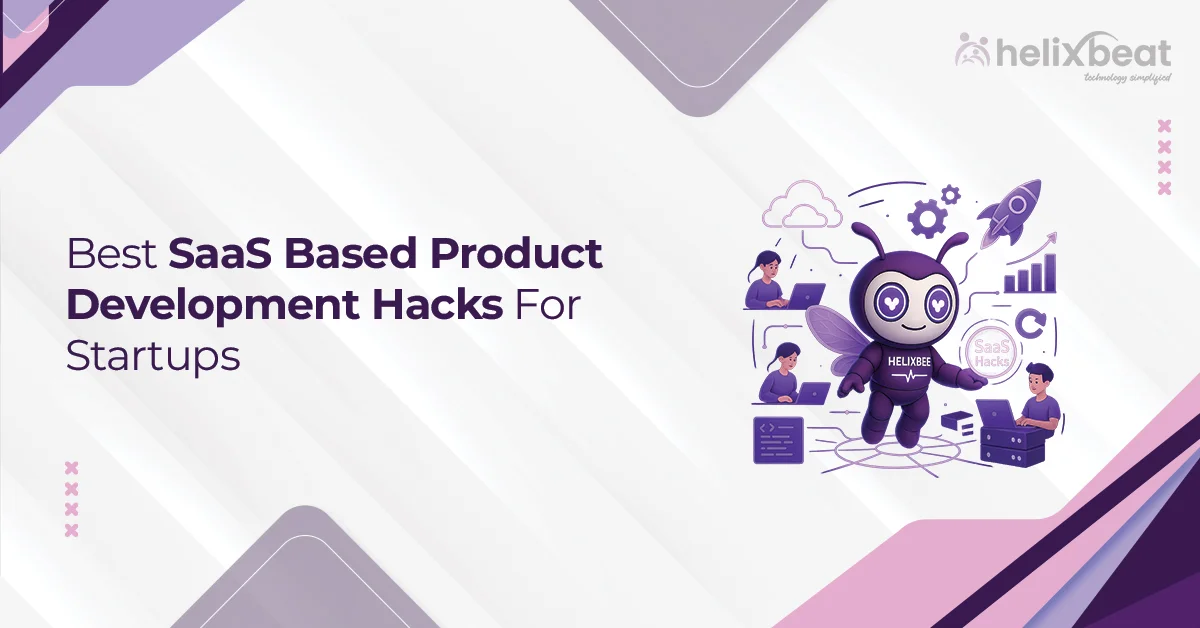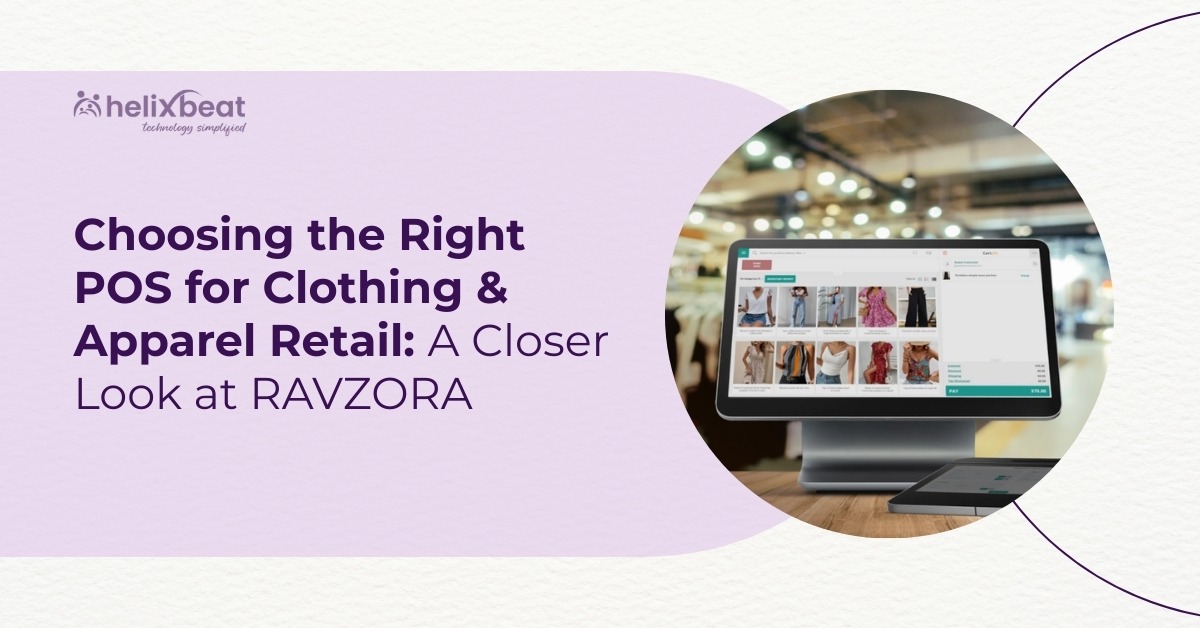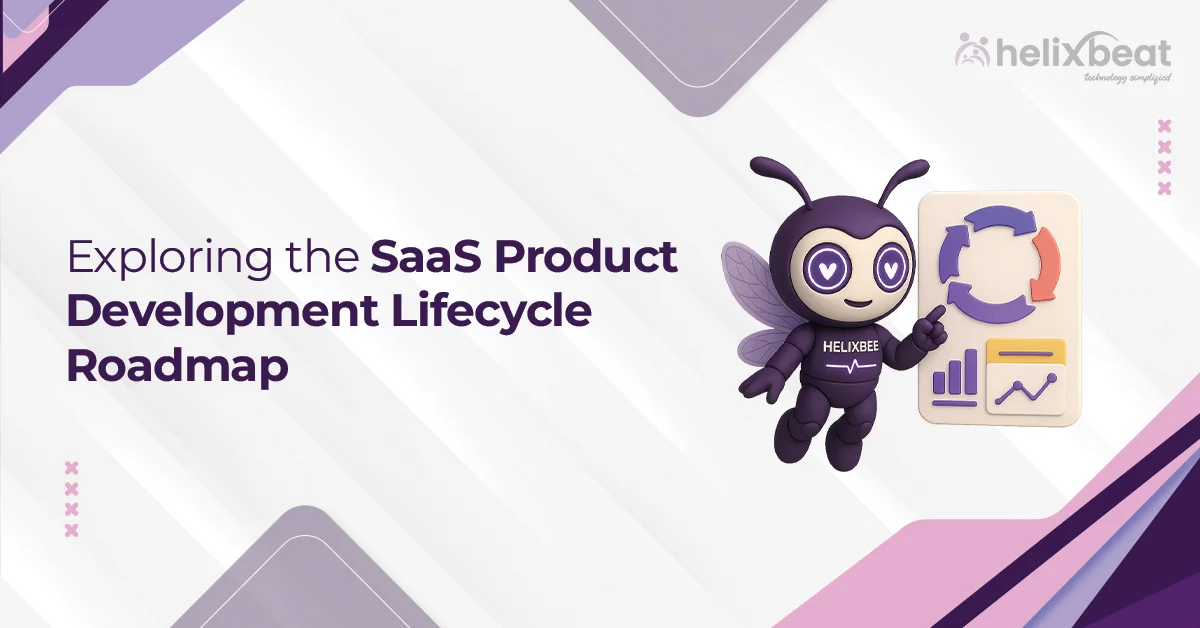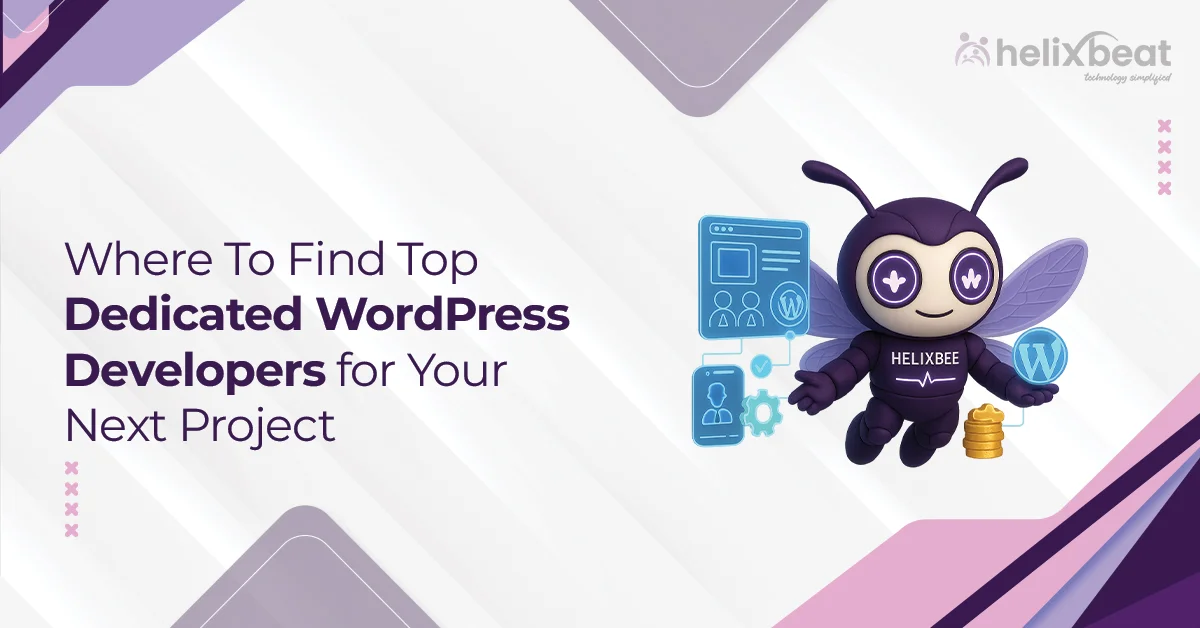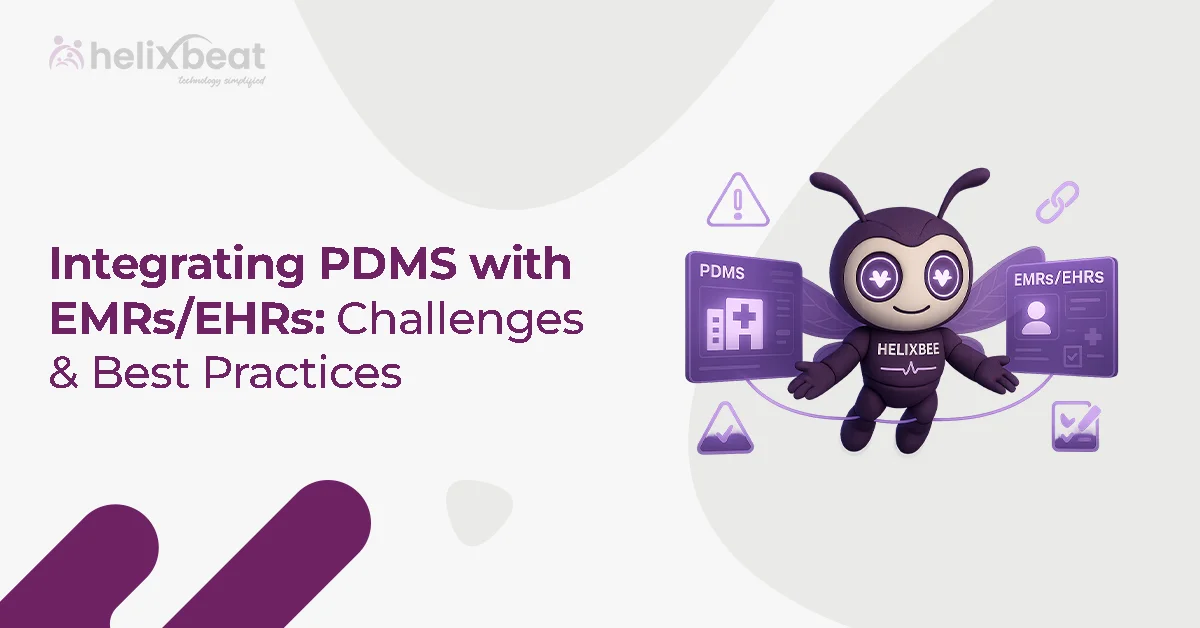Digital innovation is reshaping healthcare, and at the center of this change is the ability for different systems to share information easily. That’s where the FHIR API comes in—a powerful tool that helps healthcare data flow smoothly between hospitals, clinics, and software platforms.
But when providers set out to improve their digital systems, one big question arises: Should they build their own FHIR API solution or buy one that is already ready to use? In this blog, we’ll discuss what to think about when deciding whether to build or buy a FHIR API.

Table of Contents
What Is a FHIR API and Why It Matters
FHIR API is a modern healthcare standard designed to facilitate easy, standardized data exchange across diverse healthcare applications. Developed by HL7, FHIR (Fast Healthcare Interoperability Resources) provides a framework for securely packaging and sharing healthcare information between systems.
The API part refers to the programming interface that allows healthcare software to communicate through standardized requests and responses, making data access faster and more consistent. Healthcare providers, payers, and technology vendors rely on FHIR API for healthcare API integration to break down silos, automate workflows, and create innovative digital health solutions.
Why Organizations Consider Building Their Own FHIR API Solution
1. Customization and Control
A big advantage of building your own FHIR API solution is that you can customize the system. Healthcare workflows are often unique, especially for large hospitals or specialized clinics, so a custom-built solution can provide:
- Deep integration with legacy systems.
- Custom security and compliance features.
- Specific resource definitions aligned with internal data models.
This level of control can be vital when your organization has complex requirements.
2. Competitive Advantage Through Innovation
Developing your own FHIR API might unlock competitive advantages. For example, you can embed custom workflows for patient engagement, advanced analytics, or decision support directly into your API design. Building in-house also means you can pivot quickly and adapt your API as new standards evolve, without waiting for vendor updates.
3. Long-Term Cost Savings (Potentially)
Though upfront costs and resource demands are higher, some organizations believe that building their own FHIR API can reduce licensing fees and vendor dependency over the long term. This investment can pay off if your API becomes a reusable asset across multiple projects or departments.
Challenges and Risks of Building Your FHIR API
1. High Initial Investment
Building a robust, secure, and compliant FHIR API requires a skilled development team, knowledge of healthcare standards, and substantial project management. Development timelines can stretch over months, and hidden costs such as ongoing maintenance, security audits, and compliance assessments can add up.
2. Resource Allocation
Healthcare organizations often have limited IT resources that must balance multiple projects. Diverting efforts to build a FHIR API might delay other important digital initiatives. The ongoing support burden can also strain IT staff and impact other operational priorities.
Why Buying a FHIR API Solution Can Be the Right Choice
1. Faster Time to Market
Purchasing a proven FHIR API product means immediate access to a ready-made integration platform. This accelerates healthcare systems integration with FHIR and allows your organization to meet regulatory requirements or launch new digital services without long development cycles.
2. Tested and Compliant by Design
Vendor solutions are usually tested across multiple healthcare settings and are regularly updated to comply with evolving healthcare regulations and interoperability mandates. Buying off-the-shelf means, you get a product that has already addressed many common pitfalls around security, privacy, and data integrity.
3. Lower Maintenance Burden
When you buy a solution, the provider typically handles updates, bug fixes, and new feature releases. This frees your internal teams to focus on core clinical and operational priorities rather than spending time maintaining infrastructure.
4. Access to Expertise
Providers specializing in FHIR API bring deep domain knowledge and experience, often offering professional services to assist with deployment, customization, and integration. This partnership can be invaluable in complex integration projects involving multiple systems.
Key Considerations When Deciding Between Build or Buy
1. Evaluate Your Internal Capabilities
Assess your organization’s technical expertise, budget, and capacity for ongoing API development and maintenance. If you have a strong in-house team with healthcare standards knowledge, building might be feasible. Otherwise, buying can reduce risk and accelerate deployment.
2. Understand Your Integration Complexity
Map out the number and diversity of systems you need to integrate. More complex environments with multiple EHRs, lab systems, and payers might benefit from vendor solutions designed for broad interoperability.
3. Time Constraints and Compliance Deadlines
If regulatory deadlines or market pressures require rapid implementation of FHIR API integration, buying a ready-made solution is often the safer bet.
4. Budget and Total Cost of Ownership (TCO)
Consider not just initial development or purchase costs but long-term expenses like updates, compliance audits, support, and training. Sometimes, buying can be more cost-effective over time despite higher upfront licensing fees.
5. Flexibility and Future Growth
Think about how your healthcare organization will evolve. A custom-built API can be designed with scalability and unique features in mind. However, some providers offer modular architectures or APIs that allow extensions and custom integrations.
Accelerate Your Healthcare API Integration Journey with FUSION
When you’re trying to decide whether to build your own FHIR API or buy one, FUSION makes connecting different healthcare systems hassle-free.
FUSION supports all core FHIR resources and profiles, so you don’t have to start from zero. Its flexible architecture allows seamless connection with existing Electronic Health Records (EHRs), laboratory systems, and third-party applications—making healthcare API integration smoother.
With built-in compliance to the latest HL7 FHIR standards, advanced security features, and high-performance scalability, FUSION empowers your IT teams to focus on delivering innovative healthcare solutions rather than infrastructure management. Whether you’re a large hospital system, a health information exchange, or a digital health startup, FUSION adapts to your needs—helping you accelerate your interoperability journey while reducing operational complexity.
Final Thoughts
Deciding whether to build or buy a FHIR API is a strategic decision shaped by your goals, resources, and timelines. Building offers unparalleled customization and long-term control but demands significant investment and expertise. On the contrary, buying provides speed, tested compliance, and provider support.
Ultimately, the best path depends on how you envision healthcare systems integration with FHIR. However, if you’re looking for a ready-to-deploy, robust FHIR server, FUSION by Helixbeat is designed to accelerate your interoperability goals without the heavy lifting of building from scratch. Get in touch with us today!
FAQs
1. How do I decide if building or buying a FHIR API solution is right for my organization?
Evaluate your internal technical capabilities, integration complexity, budget, timelines, and long-term goals to determine the best fit.
2. What is the typical cost difference between building and buying a FHIR API?
Building requires a higher upfront investment and ongoing maintenance costs, while buying involves licensing fees but a lower internal resource allocation.
3. What security measures are important in healthcare API integration?
Encryption, strict access control, audit trails, and compliance with healthcare regulations like HIPAA are essential for protecting sensitive patient data.
4. What are the main advantages of building my own FHIR API?
Building your own FHIR API offers full customization, control over features, and the ability to tailor integration to your specific healthcare workflows.



